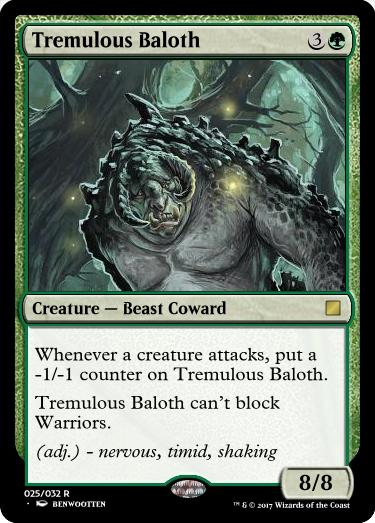

For example, slaves were permitted to dine with their masters and even demand to be served by them. Saturnalia also saw the inversion of social roles. Children could play at home and received toys as gifts.

Men and women would dress in brightly coloured tunics called synthesis (meaning “put together”), creating a carnivalesque atmosphere.

Dress codes were relaxed and the whole population ditch the traditional toga in favour of something more relax and comfortable. All schools were closed and most businesses were suspended. In addition to the large-scale public feasts at the Temple of Saturnus, there was lots of eating and drinking at home and slaves were allowed to join in. Images of the god Saturn were placed around the altar, candles were lit and a suckling pig was sacrificed to the god. Garlands and evergreen wreaths bearing red berries were hung over doorways and windows. During the winter festival, the Romans decorated their homes with gr eenery. Hadrian is set among foliage, holly (sacred to Saturn), pine leaves, candles and images of the god Saturn. Hadrian is wearing the pilleum, as was the tradition during the festival. These pointy hats were traditionally worn by freedmen but during Saturnalia all men, regardless of status, wore the pilleum. To celebrate the festive season in style, I made my own Saturnalia altar. It was followed by several days of feasting and fun. The Remains of the Temple of Saturn in the Roman Forum (left).Īfter the official rituals, the celebrants would go out to the streets and shout the holiday greeting ‘IO Saturnalia’. A public banquet followed ( convivium publicum). The cult statue of Saturnus was usually tied together with wool throughout the year but during his festival it was freed from his chains as an act of liberation. In Rome, the celebrations began with a sacrifice at the Temple of Saturnus located at the western end of the Forum Romanum and thought to be the oldest Roman temple. Following the sacrifice, a lectisternium was held by placing the deity’s image on a sumptuous couch ( lectus) with tables and offerings before him, as if Saturnus was really partaking of the things offered in sacrifice and participating in the festivities. Saturn with head protected by winter cloak, holding a sickle in his right hand, fresco from the House of the Dioscuri at Pompeii. Depictions of the god in surviving art show him as a bearded man wearing a veil and brandishing a sickle or a scythe (the symbols of his agricultural function). Exiled from Olympus by Zeus, Saturnus ruled Latium in a happy and innocent “golden age”, a time when peace, harmony and prosperity prevailed. The Romans equated him with the Greek agricultural deity Kronos. The god Saturnus, who gave his name to the festival, was regarded as chief of the Roman gods. It was certainly the most popular holiday in the Roman calendar. Saturnalia was described by 1st century AD poet Gaius Valerius Catullus as “the best of days”. Wood writing tablet with a letter written in ink making reference to the supply of food for the Saturnalia festival.

According to the author Macrobius, the celebration of Saturnalia was extended with the Sigallaria on the 10th day before the Kalends (December 23) so named for the small terracotta figurines which were sold in Roman shops and given as gifts to children. The emperor Augustus would shorten it to a three-day holiday during his reign but Caligula later extended it to five days. However, by the end of the Republic the festival was so popular that it expanded to cover a week. With the Julian reform of the calendar, Saturnalia was celebrated sixteen days before the Kalends of January (December 17). Originally the festival was celebrated on a single day, on the fourteenth before the Kalends of January (December 19), but it was later extended to three days. Saturnalia originated as a farmer’s festival to mark the end of the autumn planting season in honour of Saturnus and, despite Livy’s claim that the festival was established in 496 BC, there is evidence that it began much earlier. Playing games was an important feature of the Saturnalia celebrations. (Macrobius, Saturnalia, I.10.3) Illustration from the 4th century AD depicting a man enjoying a game of dice. Long awaited, the seven Saturnalia are now at hand. It was the merriest festival of the year and all work and business were suspended. The midwinter celebrations lasted for several days (the number changed through the Roman era) and it was a time of feasting, partying, playing games, gift-giving and role-reversal. December 17 marked the beginning of Saturnalia, one of the most popular festivals in Ancient Rome.


 0 kommentar(er)
0 kommentar(er)
